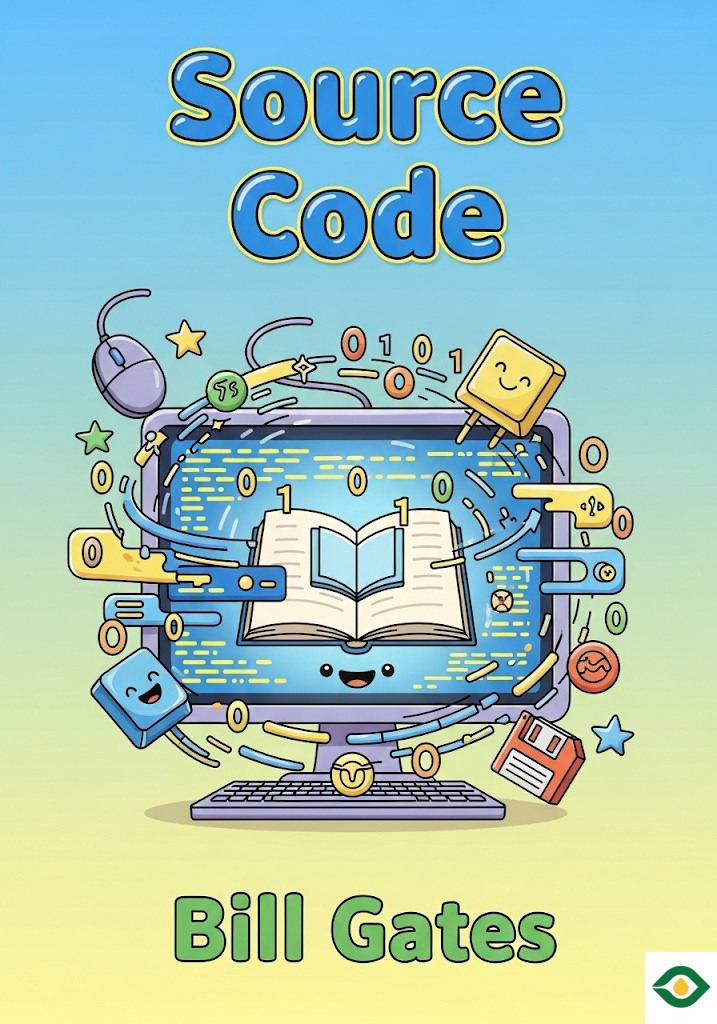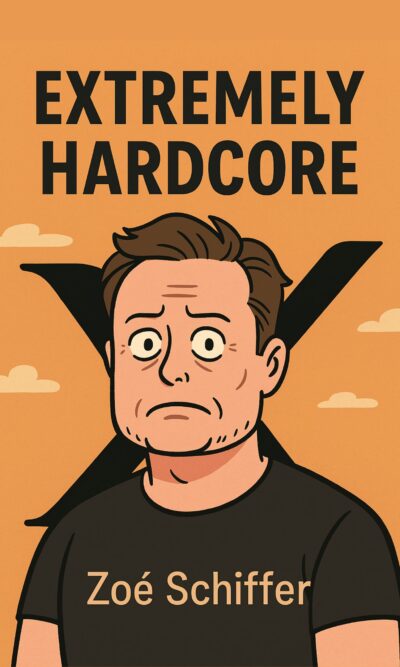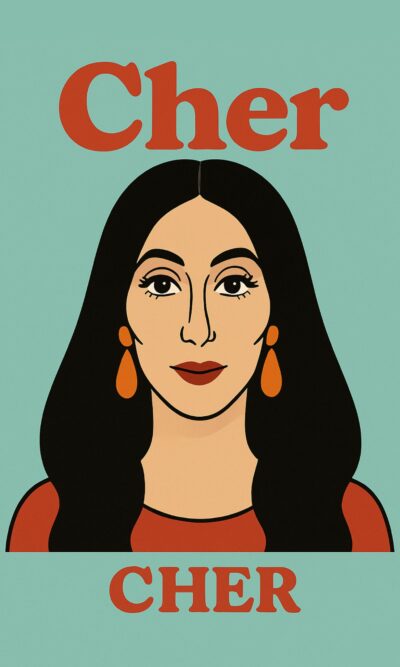Description
Bill Gates grew up in Seattle during the 1960s, in a household that valued education, service, and determination. His parents, Bill Sr. and Mary, raised him and his sisters to think deeply, to work hard, and to believe that opportunities were earned. Dinner table conversations often included topics about fairness, responsibility, and community work. These constant discussions helped Bill develop a way of looking at the world that combined curiosity with a sense of duty.
One of his earliest influences came from his grandmother, Adelle Thompson. Known in the family as “Gami,” she was unbeatable at card games. Bill once thought she had magical powers, but then she revealed her secret—she studied patterns, remembered every move, and used strategy instead of chance. This realization fascinated young Bill. He understood that winning wasn’t about luck; it was about thinking differently, working harder, and spotting hidden connections. This approach to games became a lifelong approach to everything he did.
School, however, was not easy for him in the beginning. He was younger than most of his classmates, small for his age, and often teased. Sometimes he hid behind humor and pranks, but his grades suffered. His mother, Mary, had high expectations and made it clear that underperformance was unacceptable. Eventually, his parents placed him at Lakeside, a private school that challenged students in ways Bill had not experienced before. At first, he resisted and wanted to stand out by being a troublemaker, but soon he discovered something that would change his life forever—a computer terminal.
The school had rented a Teletype machine linked to a timesharing computer. To most students, it was nothing more than a curiosity. To Bill, it was a doorway to a new universe. Writing his first simple program, a tic-tac-toe game, filled him with excitement. Here was a machine that responded to logic, precision, and creativity. Alongside friends like Paul Allen, Kent Evans, and Ric Weiland, Bill began spending endless hours exploring programming.
Access to computers was rare and expensive in the early 1970s, but fate intervened. Through a deal with a local startup called Computer Center Corporation (nicknamed C-Cubed), Bill and his friends were allowed nearly unlimited access to powerful computers in exchange for helping test the systems. For them, this was paradise. They coded, debugged, and experimented for hours, often falling asleep on the floor before waking up to try again. When other kids played sports, Bill was mastering the language of computers.
Not everything went smoothly. At one point, he discovered a way to hack into the system by exploiting a flaw, and he was banned from C-Cubed for a time. Yet even setbacks became opportunities for him to learn resilience and explore other interests, such as hiking with the Boy Scouts. The balance of physical challenges in the mountains and intellectual challenges with machines gave him perspective.
Tragedy struck during these years as well. His close friend and collaborator Kent Evans died in a climbing accident. Bill was devastated, but the loss pushed him to honor Kent by finishing their joint projects and continuing forward with determination. Around this time, he grew closer to Paul Allen, who shared his love for technology. Together, they began to think about the bigger picture: the rise of microprocessors and what that might mean for the future of computing.
By the time Bill reached Harvard, he was already far more advanced in programming than many of his peers. Harvard gave him access to new resources, including machines connected to the early version of the internet, ARPANET. He studied applied mathematics but spent much of his time coding and brainstorming business opportunities with Paul, who was working at Honeywell.
In 1975, everything changed. A magazine announced the release of the Altair 8800, one of the first affordable home computer kits. Bill and Paul saw immediately that this was their chance. They raced to create a version of the BASIC programming language that would allow ordinary people to use the Altair for practical tasks. Despite not owning the machine, they simulated it on Harvard’s computers, wrote their program, and sent Paul to demonstrate it in Albuquerque. To everyone’s surprise, it worked perfectly.
The company that made the Altair, MITS, quickly signed a licensing deal. From that moment, Bill and Paul officially launched their own business. They named it “Micro-Soft,” later dropping the hyphen to form Microsoft. Their vision was clear: software would be just as important as hardware in the future of personal computing.
The road was not simple. Gates had to face disciplinary issues at Harvard for using school computers for commercial purposes. He wrote letters taking full responsibility, ensuring his collaborators would not be punished. Meanwhile, Microsoft’s BASIC software quickly became popular, and demand grew from other companies like Apple, RadioShack, and Commodore. Each deal pushed them closer to building a sustainable company.
One major obstacle remained. Their licensing agreement with MITS was restrictive, and when MITS was sold to Pertec Computers, the new owners claimed Microsoft’s software as their own. This dispute led to arbitration. With legal guidance from Gates’s father, Microsoft won the right to break free from the contract. This decision allowed them to supply BASIC and other programs to a growing list of partners.
At this turning point, Bill made the bold choice to leave Harvard. Many thought it was a reckless move, but he believed deeply in the future of personal computing. With Paul Allen by his side, he threw himself fully into Microsoft. Their timing could not have been better. The personal computer revolution was beginning, and Microsoft was ready to provide the essential software.
From a boy studying his grandmother’s card strategies to a young man helping launch an industry, Bill Gates’s story in Source Code is about persistence, vision, and seizing opportunities. He grew up in a supportive but demanding family, faced struggles at school, found his passion in computers, and endured personal losses that shaped his determination. Through long hours, curiosity, and an ability to see possibilities where others saw barriers, he turned youthful fascination into a foundation for one of the world’s most influential companies.
The story closes as Microsoft begins making deals with major computer companies, positioning itself as the heart of the coming digital revolution. What lies beyond belongs to later chapters of Gates’s life, but this first memoir shows how the groundwork was laid. It is not just a story of technology, but of how focus, resilience, and the right opportunities can combine to change the world.





